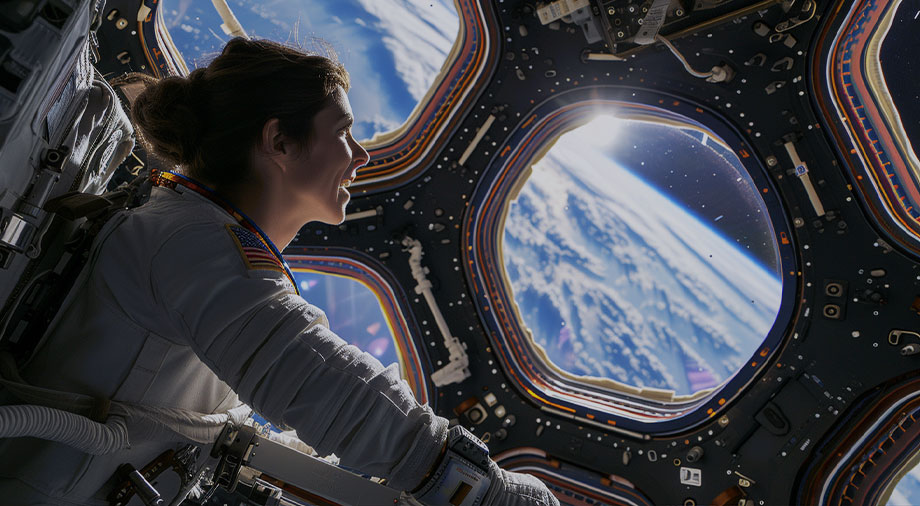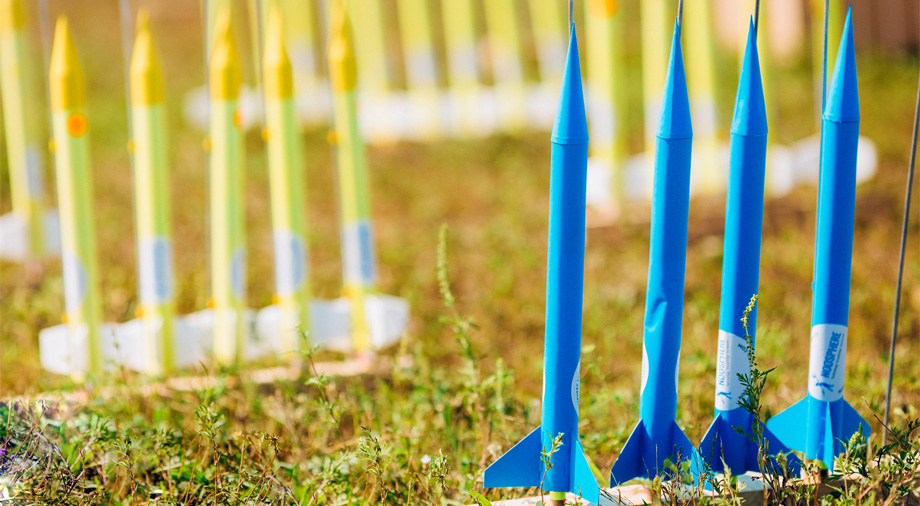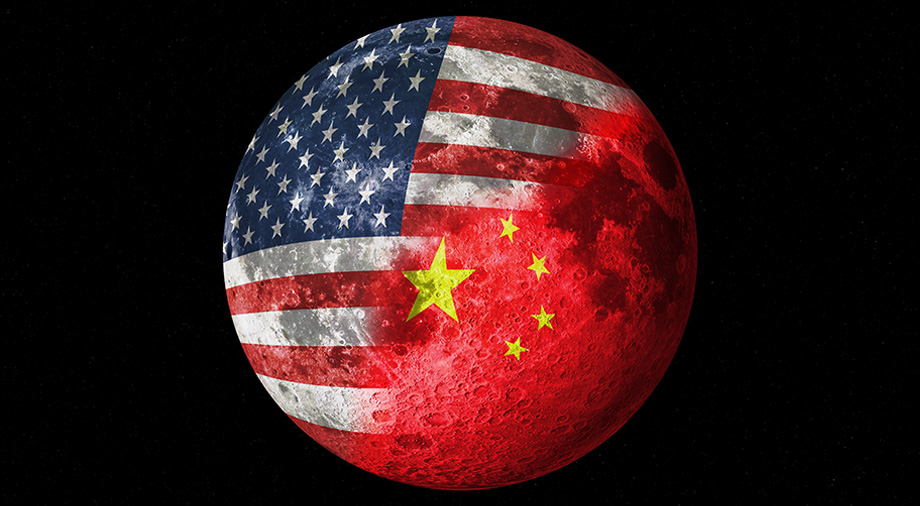More than 60 years have passed since the first female cosmonaut, Valentina Tereshkova, was launched into space on a three-day mission that lasted from June 16-19, 1963. Since that day, 93 other women have traveled to space. Beyond these nearly 100 women who have made the voyage to the heavens, thousands of women contribute every day to the research and manufacturing that drive human space exploration.
Today’s article is dedicated to women in astronautics: pioneers of orbital aviation, as well as scientists and engineers who shaped the development of the space industry.
Women in orbit
The first woman to reach space was Soviet cosmonaut Valentina Tereshkova. Her flight into space was preceded by a rather lengthy preparation, with Valentina being tested in a sound chamber and a thermal chamber – the first served to simulate the sealed-in conditions of the spacecraft, while the second tested her reaction to high temperatures and humidity inside the flight module. In addition, Tereshkova carried out a series of flights on a MiG-15 jet fighter and a series of training in zero gravity conditions.
More than 400 applicants participated in the Soviet program for training women cosmonauts, of whom only five were accepted as cosmonauts. One of them was Valentina, and it was she who was destined to conquer space.
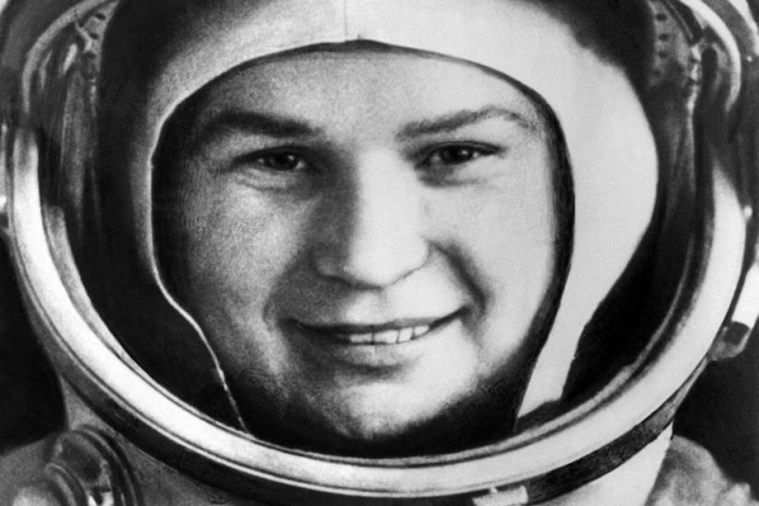
Credit The Independent
On June 16, the Vostok-6 manned spacecraft was launched, crewed by Tereshkova. She spent three days in orbit, during which Vostok-6 managed to circle the Earth 48 times. Even after more than 50 years, Valentina is still the only woman to have ever completed a solo space flight.
On the other side of the globe in the United States, the honor of being the first female astronaut was set to be Jerry Cobb, an American test pilot who was a member of the Mercury 13 program. As part of the program, 13 women were selected and underwent all pre-flight tests along with a team of seven male astronauts participating in Project Mercury. Among all the contenders, Cobb performed the best. Unfortunately, Mercury 13 was a theoretical research project, and Cobb was never destined to set foot on board the space capsule.
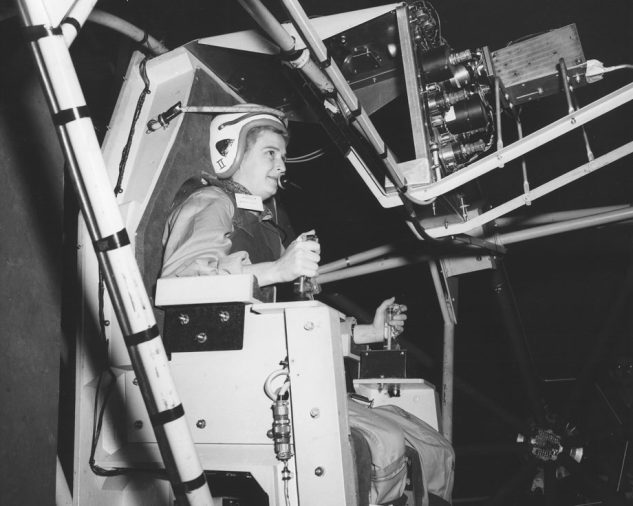
Credit NASA
Instead of Cobb, the role of the first American woman in space went to Sally Ride. Having beat out more than 8,000 competitors, Ride was selected to become a member of the crew of the space shuttle Challenger as part of NASA’s STS-7 mission. The flight took place on June 18, 1983. Sally spent just under a week in orbit (6 days, 2 hours and 25 minutes), after which she and her fellow crew members returned safely to Earth. In American scientific and space circles, it is still customary to celebrate Sally Ride Day, which falls on May 26 (Sally’s birthday), to honor women’s contributions to the development of space exploration.
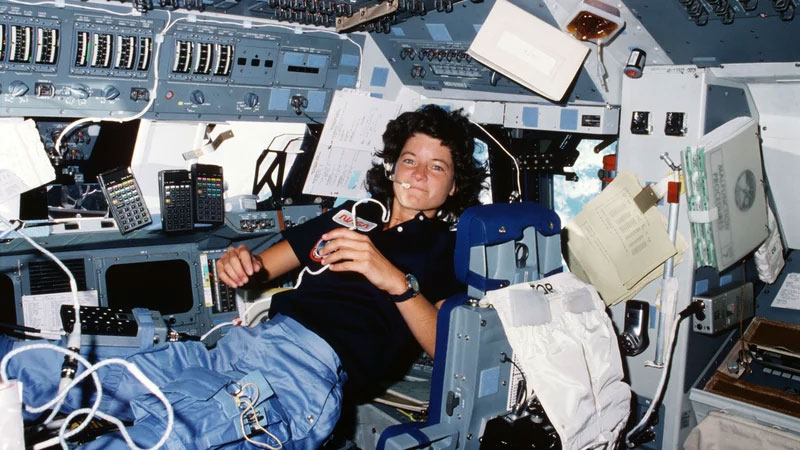
Credit NASA
The widespread use of space shuttles in NASA programs opened the way to space for American women. Since the 1980s, the number of American female astronauts has increased significantly, as women increasingly participated in short orbital missions on the shuttle, lasting up to two weeks. However, when it came to selecting astronauts for long-term space expeditions to the ISS, preference was still given to men, as they were thought to have better physical fitness and resilience for extended missions.
This trend changed in March 2001, when Susan Helms became the first member of the ISS crew during the Expedition 2 research mission, which lasted six months. Seven years later, in April 2008, American astronaut Peggy Whitson became the first female ISS crew commander. Whitson was also the first professional physician on the ISS and was noted for a number of scientific works in the field of medicine, exploring the functioning of the human body in weightlessness.
Scientific and engineering activity
When discussing the contribution of women to the science of space exploration, one cannot neglect to mention the significant contribution of physicists and mathematicians who were responsible for calculating all the main parameters of future flight missions. One of them was Katherine Johnson, an outstanding mathematician who worked with NASA back when the organization was called NACA (National Advisory Committee for Aeronautics). Katherine’s first significant contribution to astronautics was to correctly calculate the ballistic trajectory of the suborbital space flight of America’s first astronaut, Alan Shepard, during the Mercury program. Johnson was also an avid supporter of computerizing NASA’s work, introducing the widespread practice of using computers to carry out all mathematical calculations of spacecraft flight trajectories. Johnson’s contributions to space exploration are honored in America today not only because she broke barriers as a woman, but also as an African American.
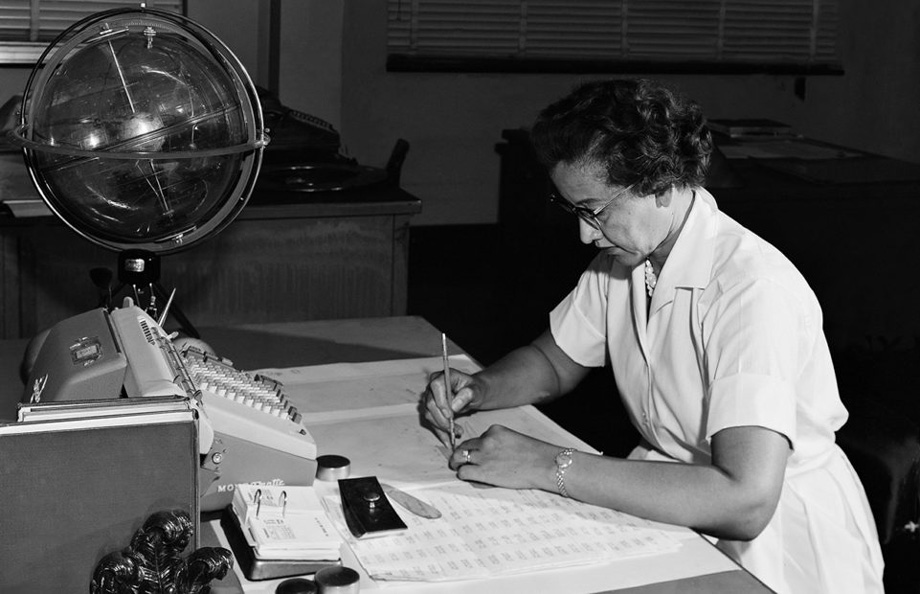
Credit NASA
Women also played a key role in the development of the Hubble space telescope. One of the curators of this project was Nancy Grace Roman, who joined NASA six months after the agency was founded in the late 1950s. Working on the satellite telescope project for over two decades, Nancy would earn the nickname “Mother of Hubble” from her colleagues. She would be the first woman to hold a senior position in NASA, and would eventually see the launch of her brainchild into outer space as the agency’s executive director.
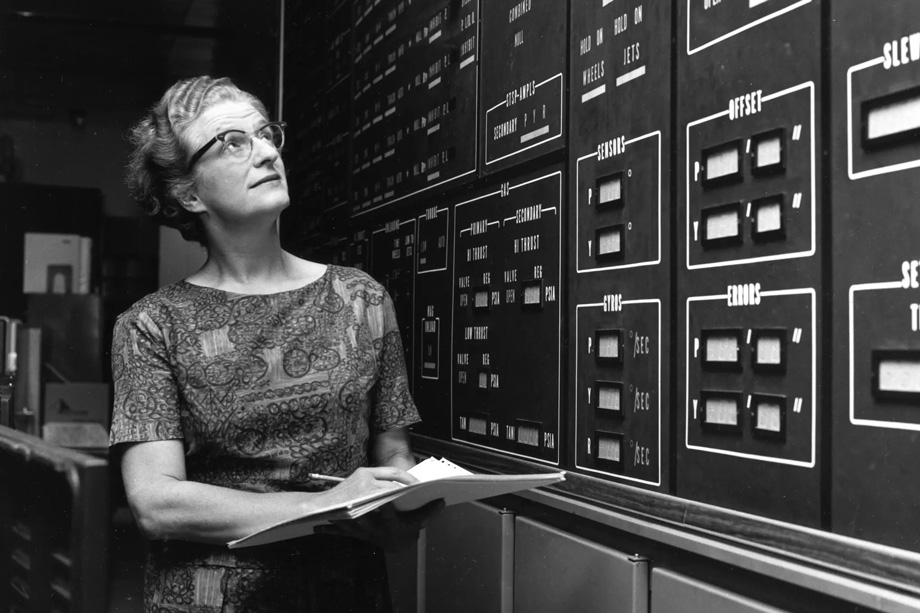
Credit NASA
Women also made major contributions to astrophysics. The work of NASA scientist Madhulika Guhathakurta was hugely important to understanding the nature of the Sun and its influence on other objects in the solar system. Over her career, Guhathakurta has written over 70 scientific papers, mainly in the field of heliophysics. As part of the Spartan 201 program for remote sensing of the outer layers of the solar atmosphere, Madhulika carried out studies of the solar corona. Her scientific work provided extensive insight into the atomic processes occurring inside our star, and also shed light on the formation of solar winds – streams of ionized particles escaping from the solar corona.
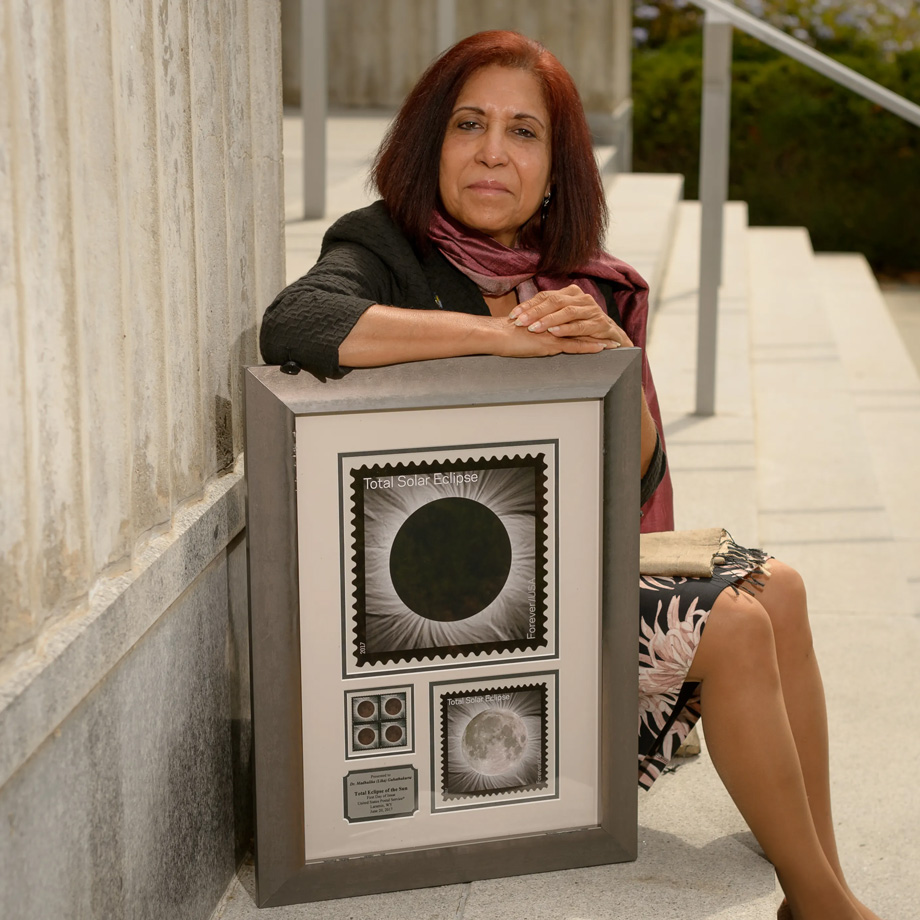
Credit NASA
The space engineering sector also owes a number of innovative technical solutions to women. One of these is the heat shield of the first robotic rover of the Mars Pathfinder project, which was overseen by NASA’s lead technical specialist Huy Tran. Tran called July 4, 1997, the day when the device delivered the first photo from the surface of the Red Planet to Earth, one of the happiest moments of her life.
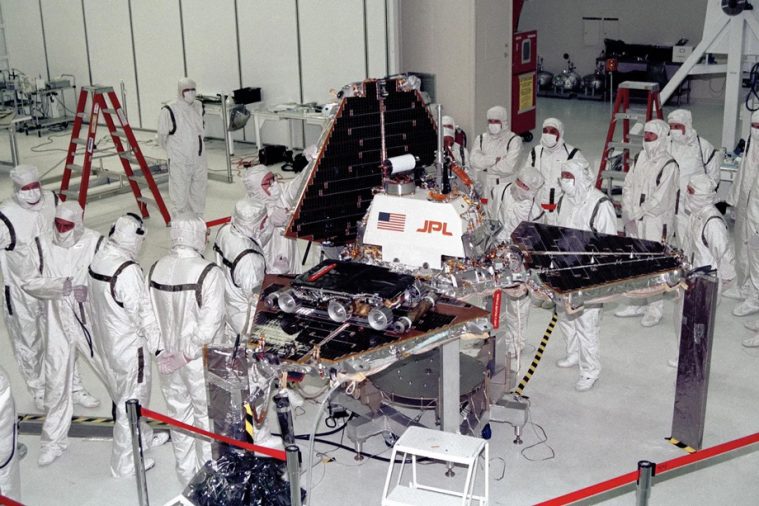
Credit NASA/KSC
Huy Tran also oversaw the Stardust return capsule project, which successfully landed in Utah on January 15, 2006, bearing the first samples of a comet. In this project, Tran’s engineering team was responsible for creating a heat shield that would prevent the capsule from burning up as it entered the Earth’s atmosphere.
Women in modern space companies
As of 2014 11 out of 17 (65%) space launches in the United States were carried out by (or with the participation of) space companies with women in leadership positions. America continues to be the leading champion for equality in the traditionally male-dominated space sector.
Perhaps the most iconic example of this struggle is Gwynne Shotwell – President and CEO of SpaceX. Shotwell rightfully bears the unspoken title of SpaceX’s “secret weapon” for her ability to feel out the company’s business strategy.
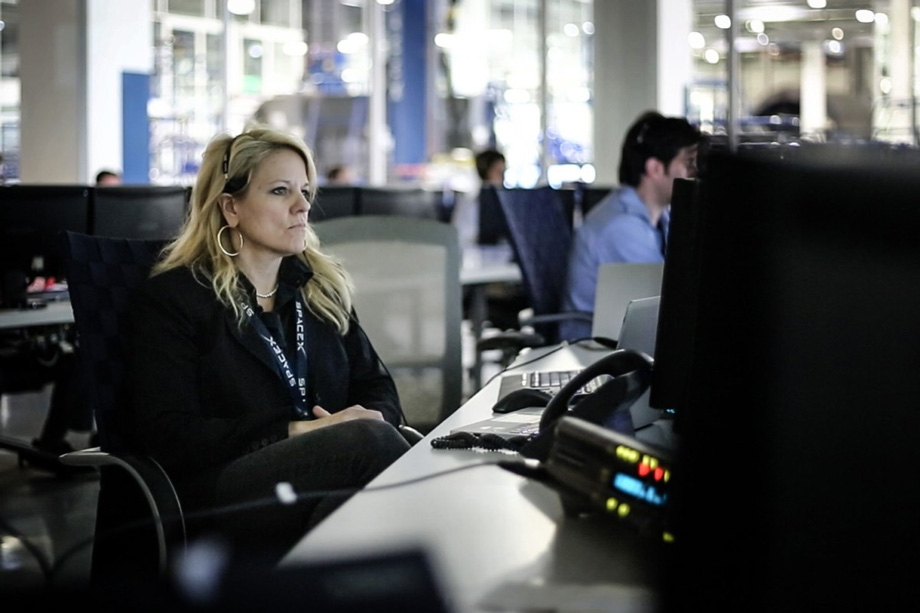
Credit: SpaceX
Gwynne began her career in 1988 working at the Aerospace Corporation’s space research center in El Segundo, California. Shotwell initially oversaw technical and research work related to military and research contracts, but her real ambition was to design spaceships. In 1998, she left Aerospace Corporation and became director of Microcosm Inc., a company that produces low-cost rockets with small payloads.
However, Gwynne Shotwell made the most significant choice of her life four years later, becoming “employee No. 11” in 2002 in Elon Musk’s newly organized company, SpaceX. In 2008, she became the company’s chief executive officer (COO), which she remains to this day. In 2020, Gwyn was ranked 49th on Forbes’ list of the world’s most powerful women.
Another iconic woman in the space business is Marilyn Hewson, who until March 2021 served as a strategic advisor to the CEO of the aerospace defense firm Lockheed Martin. Marilyn devoted over 30 years of her life to the company. She would hold leadership positions across the company, serving as executive vice president of Lockheed Martin’s electronic systems division, president of Lockheed Martin Systems Integration, executive vice president of Lockheed Martin Aeronautics, and president and CEO of Kelly Aviation Center, a subsidiary of Lockheed Martin.
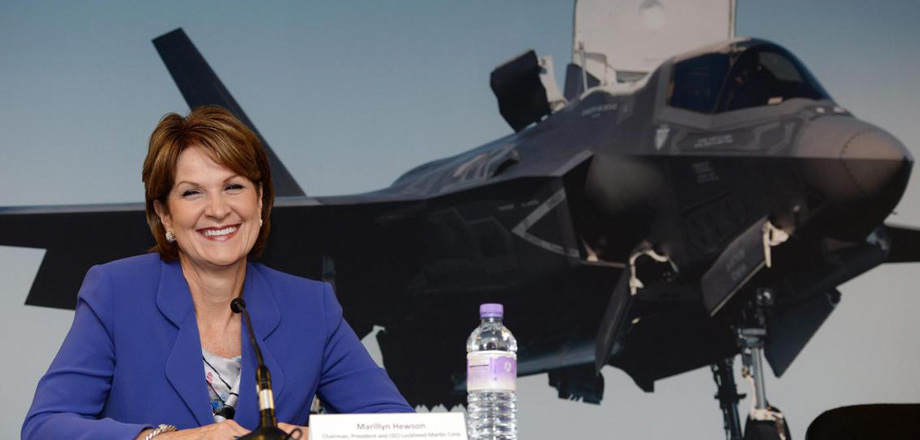
Credit picture alliance/EPA/ANDY RAIN
And although Hewson’s scientific contribution to Lockheed Martin was small, her management skills allowed ULA (a subsidiary of Boeing and Lockheed Martin) to remain a leading contractor and supplier of launch vehicles for US government space missions for many years.
Will NewSpace open new paths for women?
Today, more than a third of NASA employees are women, but only 16% of them serve as heads and curators of scientific programs. In addition, only 11% of all people who have ever been in orbit are women. However, the emergence of NewSpace offers the potential to change these imbalances.
In its analysis of the NewSpace sector, space industry recruiting firm Evona concluded that only 17% of leadership positions in commercial space companies are held by women. More than 70% of them are founders or owners of space businesses. But there are also exceptions. For example, Evona itself boasts that 38% of its senior positions are held by women. The company continues to work to equalize the gender ratio of its employees, while not forgetting to clarify that the primary factor in the selection process is not the gender of the potential candidate, but the level of their professional qualities.
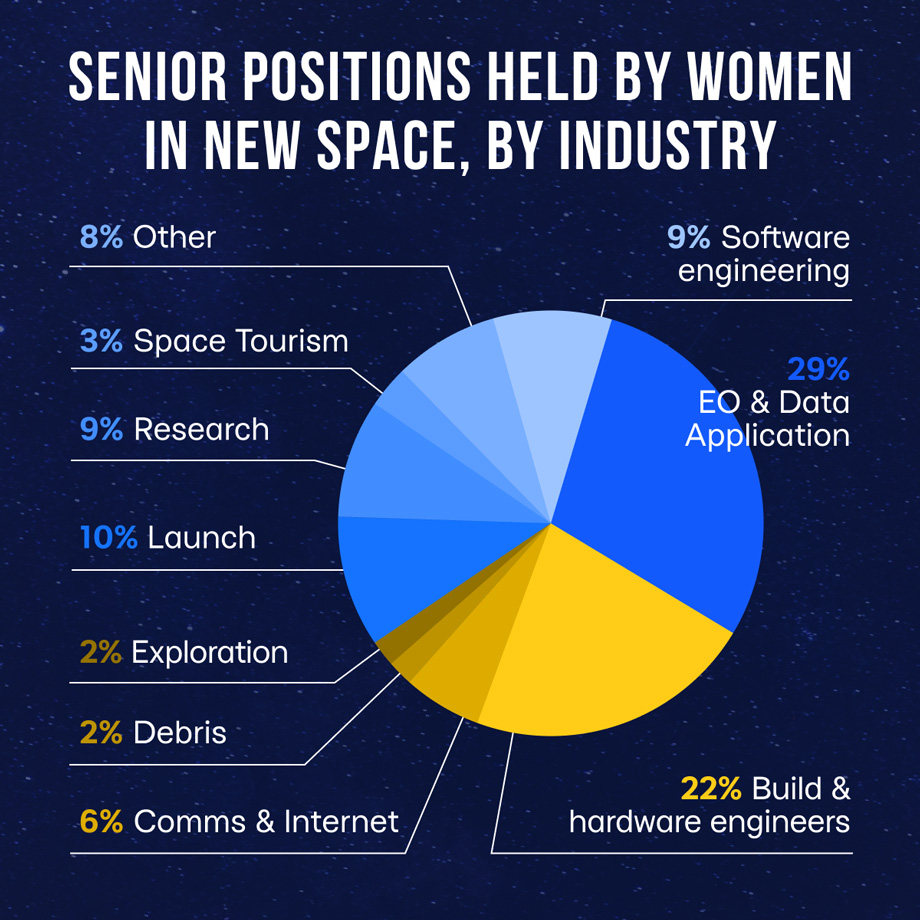
Credit evona.com
When segmented by employment sector, Evona’s research reveals that 29% of women in NewSpace are pursuing a career in Earth observation and data processing. Another 22% of women in senior positions work on the engineering and production of space equipment. Only 10% of all women are involved in NewSpace startups, while 9% of them are involved in software development and research activities.
The lack of women in NewSpace fields is partly rooted in traditional approaches to education, where boys choose physics, mathematics and engineering, and girls are guided towards the humanities and economics. Active government policy can help with this in creating a career environment in which women are actively encouraged to get in STEM (Science, Technology, Engineering & Mathematics) fields while in school.

